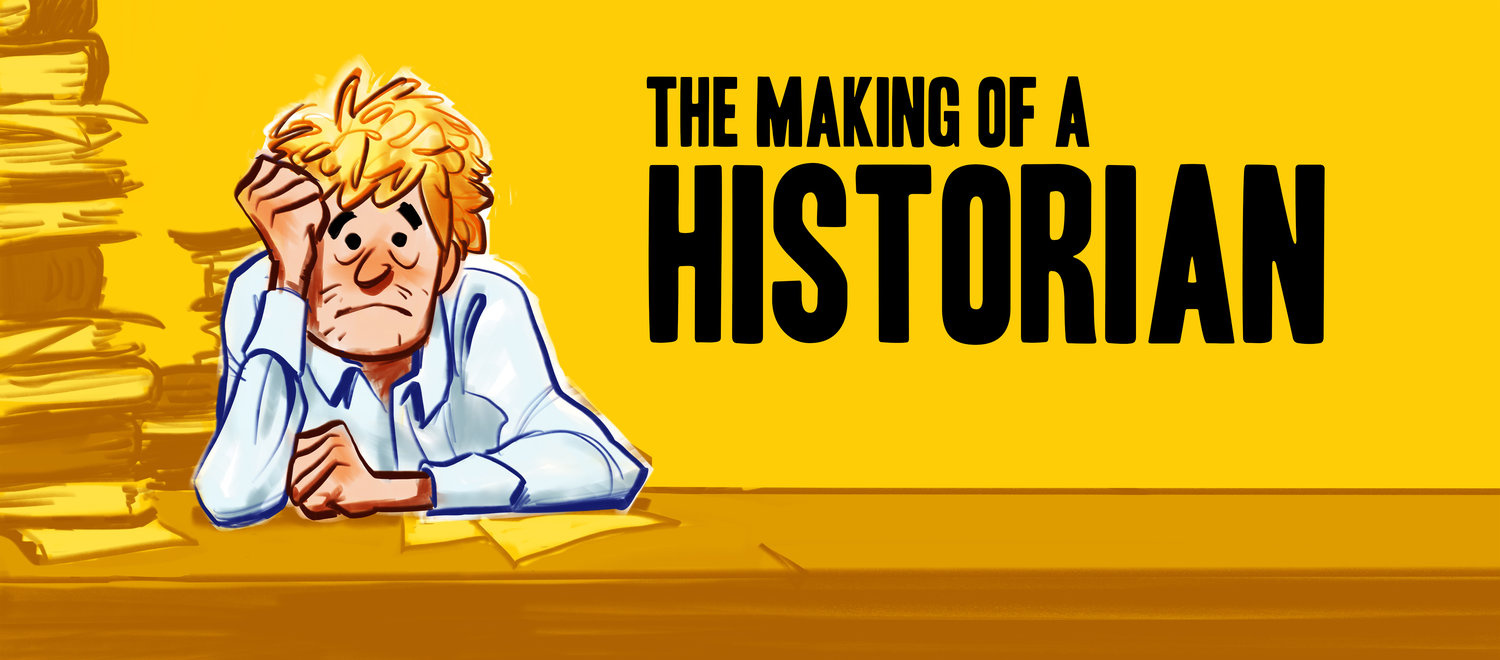The new economy was built on cheap iron and cheap coal. We talked about cheap coal last episode. Now we're going to talk about cheap iron. Ironmaking is a complicated and multi-stage process but spoiler alert: once people started to figure out how to use cheap coal to make iron, iron got a lot cheaper. The big thing to remember is that making iron takes a lot of energy. You need fire at high heats to melt the iron in order to refine it and forge it. For a long time people got that fire from charcoal, which is heavy, bulky, and expensive. In the 18th century people like Abraham Derby and Henry Cort learned how to make iron with coal, which was much cheaper than wood. This meant iron became less expensive, and could be made anywhere with cheap coal--which in Britain meant a lot of places.
The first iron bridge. Might not look like much. But it's pretty important.
Reading list:
Robert Allen, The British Industrial Revolution in Global Perspective (New Approaches to Economic and Social History)
T.S. Ashton, Iron And Steel In The Industrial Revolution
Chris Evans and Goran Ryden, The Industrial Revolution in Iron: The Impact of British Coal Technology in Nineteenth-Century Europe



